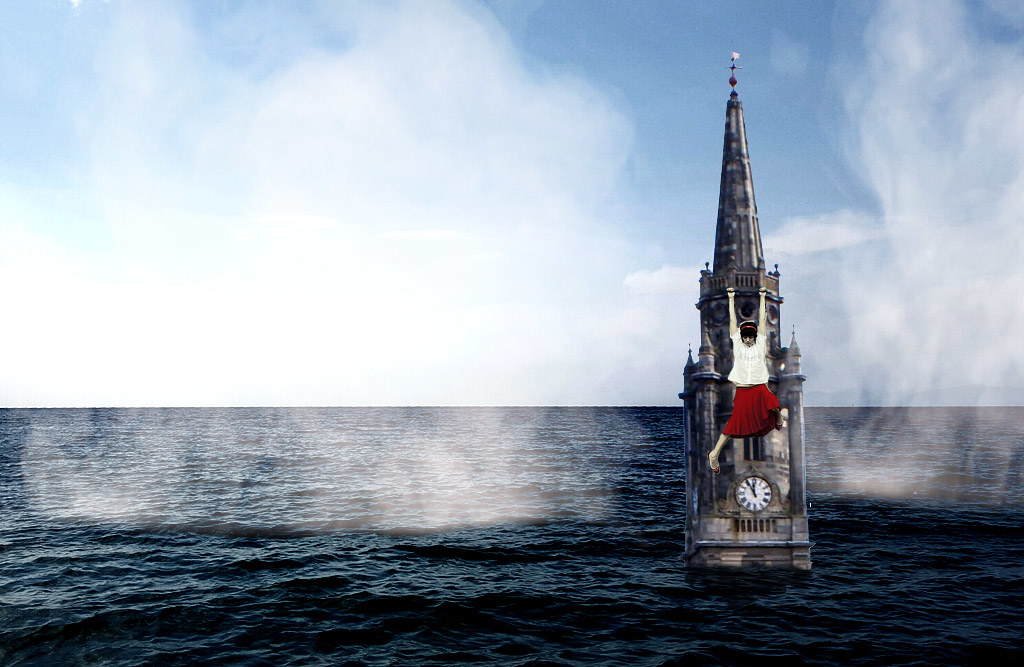Location, not just warming, behind coral bleaching: Study

- Country:
- United States
In a first, researchers have found that coral bleaching events across the world are influenced not only by rising water temperatures but also by a wide range of other factors like the longitudinal location at sea where the reefs are present. The study, published in the journal Nature Climate Change, noted that some coral locations -- such as those in Fiji -- responded better to stress than others.
The researchers, including those from the Wildlife Conservation Society (WCS) -- a nonprofit organization in the US, said that current predictions of coral bleaching events were based primarily on heat stress, and needed to consider a variety of other factors as each region responded differently. According to the researchers, any good prediction about coral bleaching for the future needed to consider the complexities involved in the process, specifically since they were important for effective policies, management, and conservation plans.
"Our results suggest that coral responses to global climate change may be changing as corals have different past experiences and tolerances to heat and stress," said Tim McClanahan, co-author of the study from WCS. Reef communities are symbiotic relationships between corals and algae that give their hosts color and sustenance, the researchers said.
The study noted that under stressful conditions, the corals expelled the algae, giving up the symbiotic relationship, and losing its color -- a process known as coral bleaching. Earlier studies had established that bleaching occurred when corals underwent stress from water temperatures rising significantly above normal, the researchers said.
They added that reefs closer to the warmer equator had bleached more in the past, and were expected to degrade further. However, the assessments made during the current study from 226 sites stretching from East Africa to Fiji revealed that coral bleaching patterns did not neatly align with past predictors of excess temperature and distance from the equator.
Instead, the researchers said that bleached corals were highly variable in terms of warm water temperatures and location, with some going through bleaching levels of up to 60 percent, and others surviving with no impact. McClanahan and his team evaluated 26 variables and more than 2000 models to test the influence of factors like thermal exposure, depth, habitat, coral community composition, and the types of management used in reef systems.
They found that bleaching depended heavily on the location of reefs along the longitudinal gradient from East Africa to Fiji. The strongest bleaching, the researchers said, was observed in East Africa, revealing that some regions could be affected earliest and worse than other regions.
McClanahan added that the management and policies for conserving coral reefs had to be aligned with the locations and types of stresses in order to identify priority actions for the marine communities.
(This story has not been edited by Devdiscourse staff and is auto-generated from a syndicated feed.)
- READ MORE ON:
- researchers
- location
- reefs
- sea
- Fiji
- equator
- hosts
- East Africa
- coral reefs
- models
ALSO READ
Rugby-Fijian Drua scrumhalf Lomani banned for six matches for elbow
Kikkoman India Hosts Second Culinary Experts Meet-up, Focusing on Innovative Ingredient Usage in Indian Cuisine
Ministry of Commerce and Industry hosts international symposium on health governance
US Embassy hosts special screening of documentary "Bogus Phone Operators"
Joe Biden hosts Japan's PM at White House, in strong message to China over policies in Indo-Pacific










